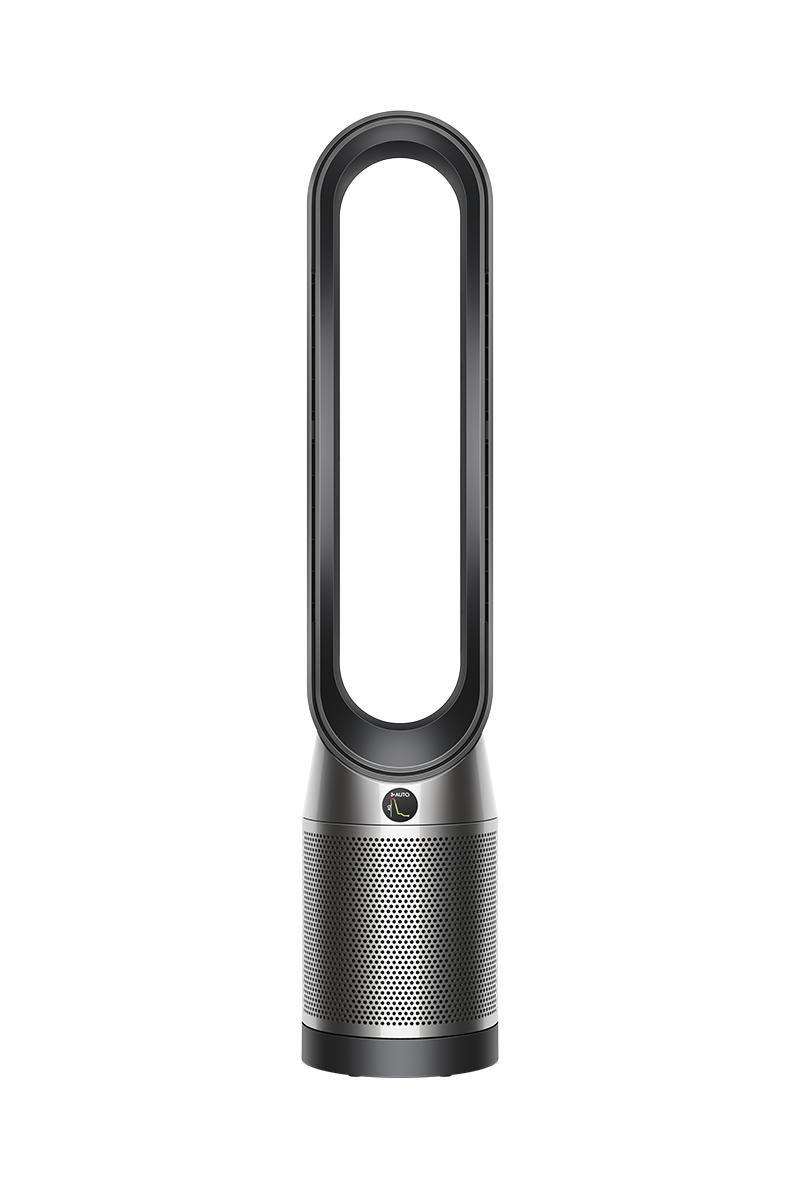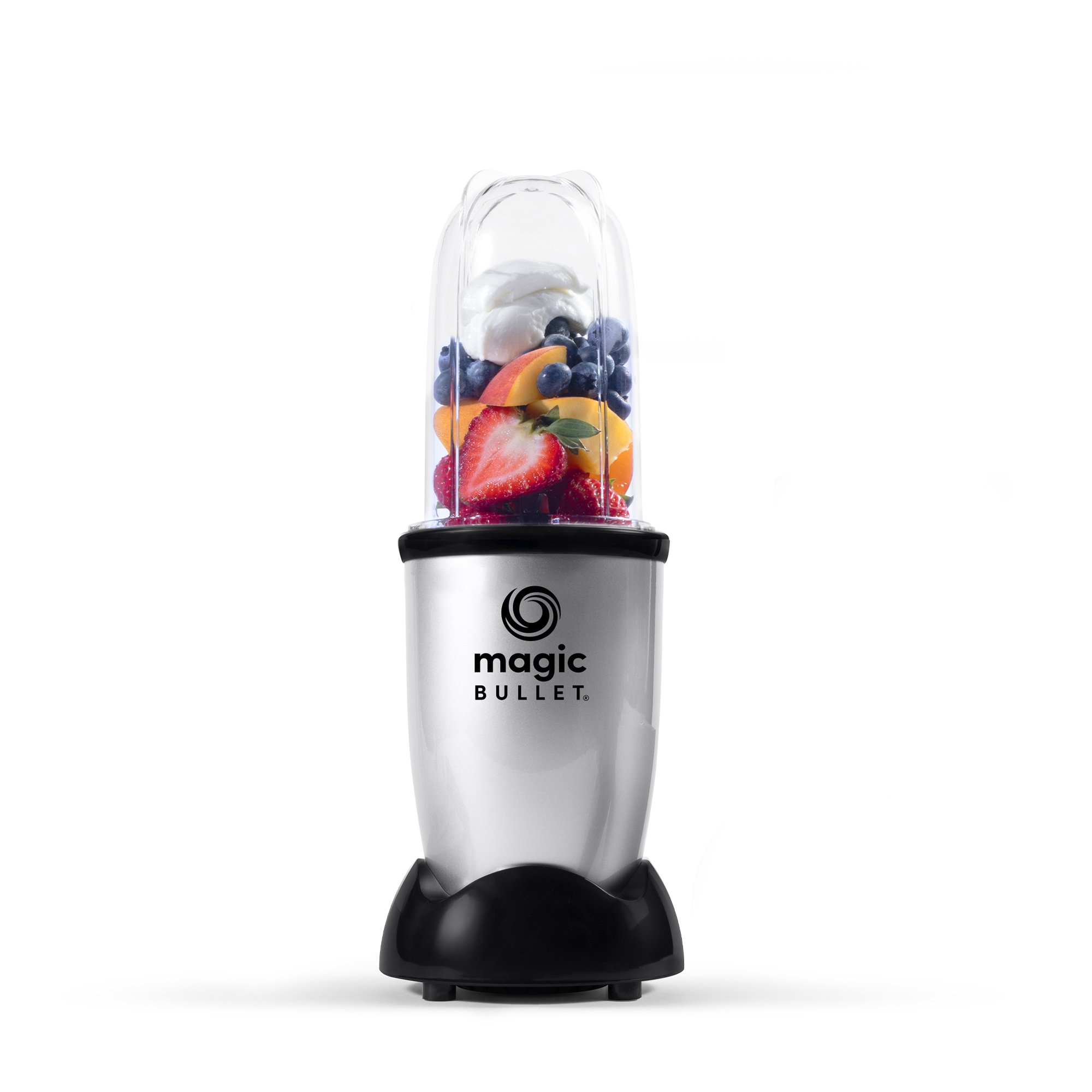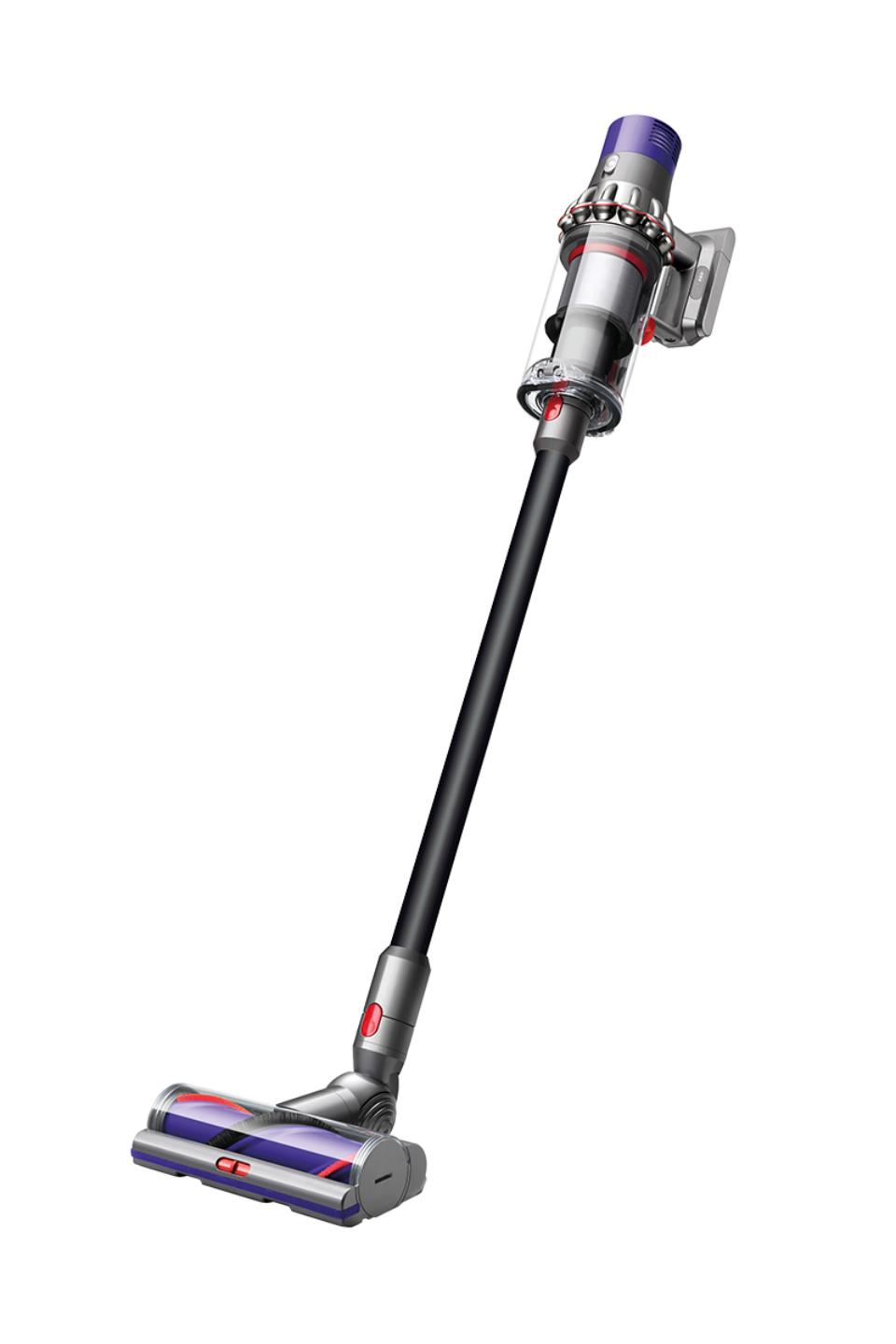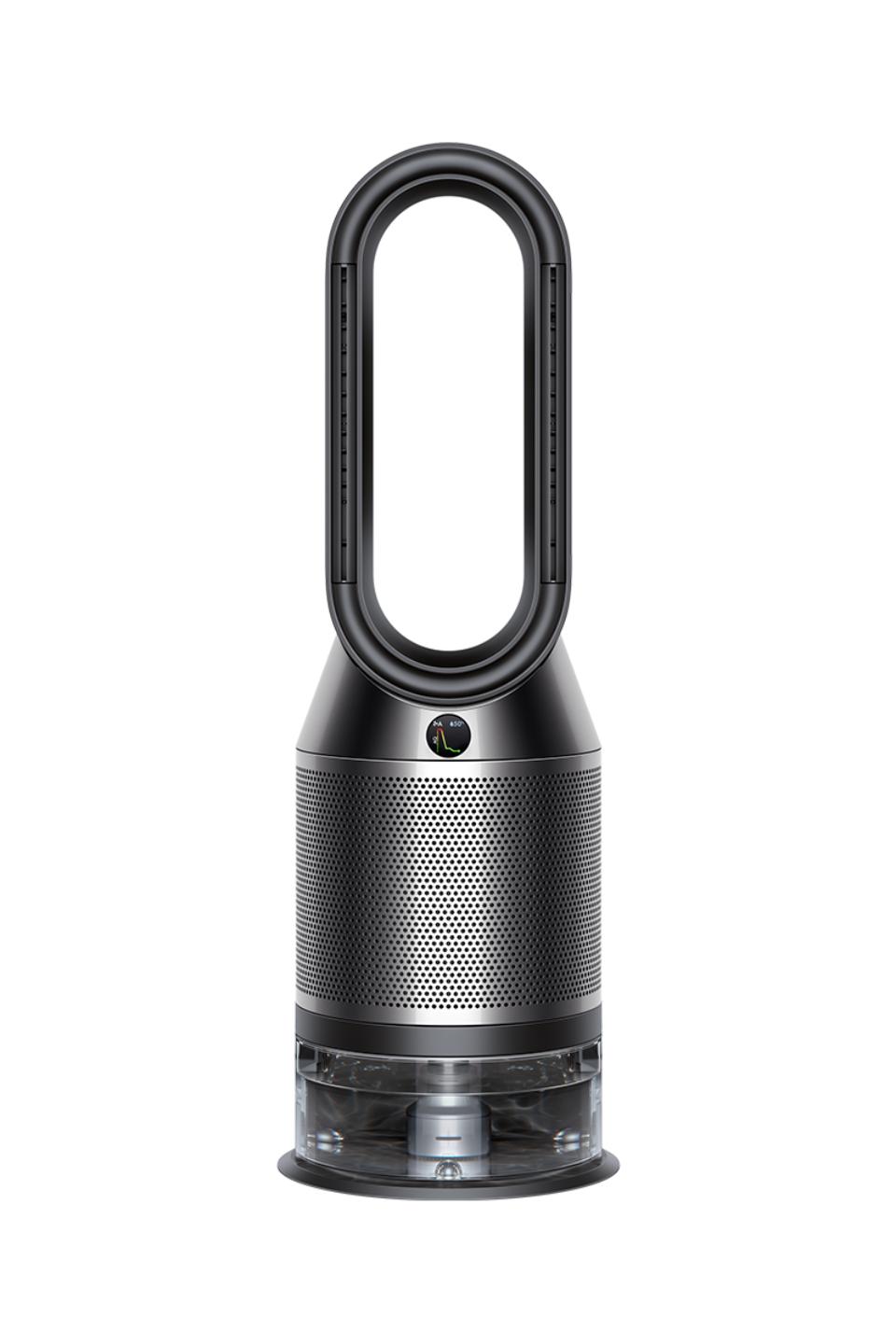Dyson Purifier Cool TP07 air purifier fan (Black/Nickel)
Dyson purifiers combine intelligent sensing with an advanced HEPA H13 filtration system that captures gases and 99.95% of particles as small as 0.1 microns. And only Dyson purifiers have powerful Air Multiplier™ technology to purify the whole room.
Dyson Purifier Cool TP07 air purifier fan (Black/Nickel)
Captures dust, allergens and virus.
Removes 99.95% of pollutants as small as PM0.1.
*Tested on Influenza A (H1N1) under technical conditions resulting in reduction of airborne virus by 99% (in 28.5m3 area). Results may vary.
Automatically senses and captures pollutants. Purifies the whole room.
Dyson purifiers combine intelligent sensing with an advanced HEPA H13 filtration system that captures gases2 and 99.95% of particles as small as 0.1 microns. And only Dyson purifiers have powerful Air Multiplier™ technology to purify the whole room.
Senses and reports automatically
Integrated sensors constantly analyse your air, while our unique algorithm cross-checks data every second. It diagnoses pollutants at a molecular level, displaying live results on the LCD.
Captures gases and ultrafine particles
The HEPA H13 filter captures 99.95% of particles as small as 0.1 microns.1 A layer of activated carbon also removes odours and gases including VOCs2.
Purifies the whole room, tested in 81m3 room.4
Only Dyson purifiers have Air Multiplier™ technology. It generates the circulation power to draw even distant pollutants into the machine, projecting purified air throughout the room.3
Fully sealed to HEPA standard
In our latest purifiers, it’s not just the filter that meets HEPA H13 standard, it’s the whole machine4. So what goes inside, stays inside.
Additional information
| Weight | 4.65kg |
|---|---|
| Width | 220 mm |
| Height | 1050 mm |
| Cord length | 1.8m |






Reviews
There are no reviews yet.